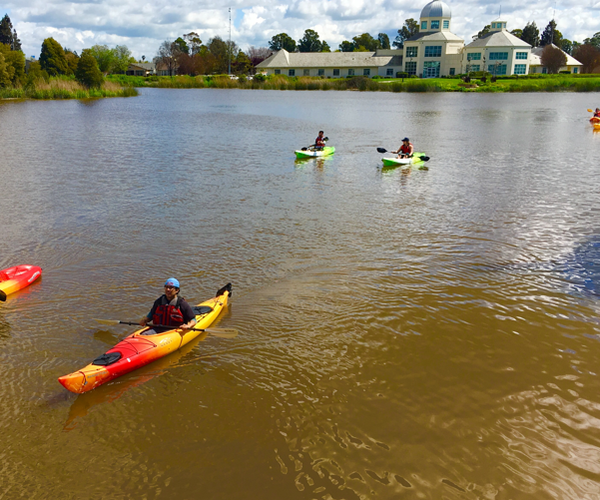The LA Basin is home to 19 million people of which arguably a 20th of that population would not be able to live there if it wasn’t for water imported from other water basins that serve the north state, the valleys of the Eastern Sierra, and the Colorado River watershed.
CALIFORNIA’S WATER WORKS An engineering wonder that made the Golden State what it is today





